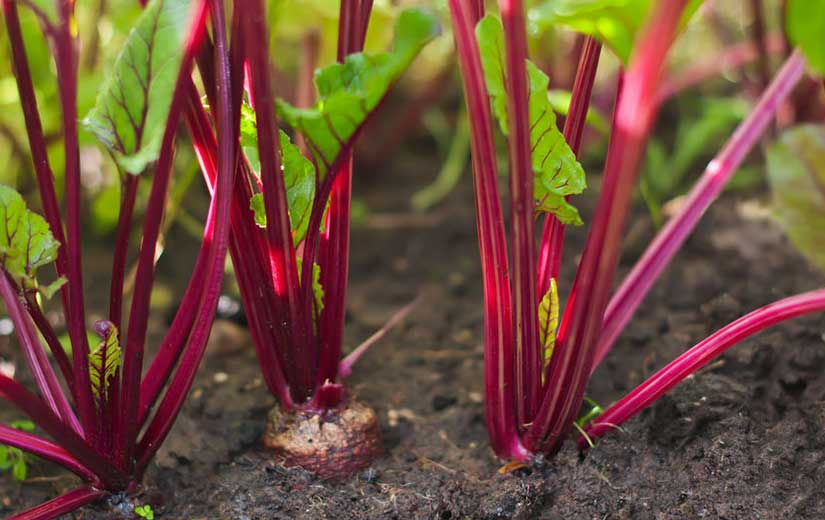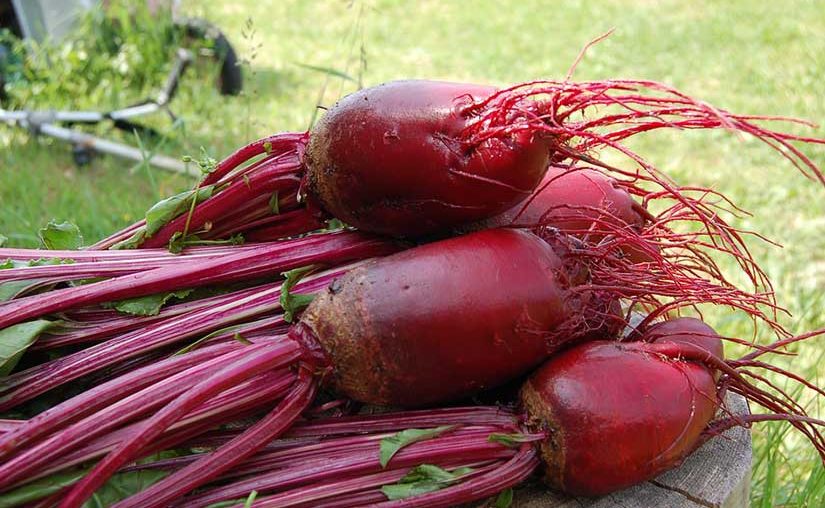Easy to grow and preserve, beetroot is appreciated for its sweet flesh. Cooked or salad, it is rich in vitamins and minerals. From sowing to harvest, its cultivation is done in a specific way.
When to sow beets?
If you sow your red beets in the open ground, sowing can be done between the months of April and June.
It is also possible to sow them in the shelter a little earlier. Some early varieties are well adapted to this type of sowing. It is then advisable to sow the seeds in suitable pots or boxes, sheltered from the cold. It is also possible to arrange seedlings on a warmer layer of soil.
In this case, it will be necessary to transplant the beet plants. This will save a little time compared to sowing in the ground.
Which varieties to choose?
There are many varieties of beets. If you like the sweet taste of this fleshy root, some varieties will suit you better. This is particularly the case of Albina Vereduna white beet or Crapaudine beetroot, whose rough skin evokes that of the amphibian inhabiting our gardens.
Some species produce abundant juices, such as the Detroit Round Beet. Others, like Burpee Golden beetroot from America, are consumed entirely. The root is excellent, but the leaves are also salad.
Raw or cooked, beets are eaten mostly cold, especially in salads. However, some varieties, such as Chioggia beetroot, are consumed hot, as a garnish or soup.
What to do before sowing the beets?
Before sowing your beets, it is advisable to prepare the soil. With a suitable tool, it is necessary to work the earth in depth, about 20 cm. Remember to pack and refine it on the surface.
You then go, using your tool, a burrow for example, dig parallel and shallow furrows in the plot for beets. To ensure a straight line, stretch a cord to guide you. See to space these furrows by about 30 cm.
To promote the growth of the plant, it is necessary, at this stage, to water your ground, especially if it is dry.
If sowing in a box, choose a flat container. Put gravel at the bottom, then a layer of suitable potting soil. You still have to pack the surface well.
How to sow them?

Once the ground is prepared, comes the time of sowing. Then place the beet seeds in the palm of the hand and with the other, place them at the bottom of the furrows.
The seeds sown in a furrow, it must be covered with soil. Do not forget to pack it, to sink the seeds.
The technique is a little different if you choose sowing in pots or in pots. Do not sow more than two or three seeds per bucket. It is very important to cover the pots, to ensure the regular growth of the plant.
For this you can build a chassis or use a plastic cover. The bottom line is that the seedling is well warm.
Where to plant beets?
Beetroot is not a plant that is too demanding in terms of soil. It flourishes better, however, in loose and fairly deep soils. She also appreciates well-drained land, where the evacuation of water is done without difficulty. This is also the case for soils that are both clayey and sandy.
To give a good harvest of beets, it is advisable to incorporate compost or a suitable fertilizer into the soil.
Similarly, choose a corner of the garden where the sunshine is tempered by a little shade. In fact, the beet appreciates the light but does not withstand the hot weather. Moderate temperatures suit him better.
How to maintain them?
After about a week, the plants begin to appear. To ensure growth, care must be taken.
If the beets appreciate a moderate heatthey also like the freshness. It is therefore advisable to proceed with regular watering, especially if the soil is dry.
Do not forget to hoe your land. This operation helps to aerate the soil, limit the spread of weeds and facilitate the penetration of water into the earth.
Around the beets, do not forget to weed the soil and protect it with appropriate mulching. Formed by mowing residues, or other materials, this mulching also helps to feed the soil.
Harvest beets: how to do it?
For a sowing done in April, the beet crop can start in the middle of July and continue until the fall. In any case, do not wait for the first frosts, because the plant is very sensitive. You have to be even more careful about the beets that need to be kept during the winter.
The beet plants appear in a rather thick form. To make a good harvest, it is necessary to lighten them and to keep only one vigorous plant per hole, or poquet. The excess plants can be transplanted. This variety in the seedlings will allow staggering the harvest.
Beet diseases: what to do?
Beet can be affected by a number of diseases. Most are caused by fungi. Sigatoka, ramulariosis, powdery mildew and rust attack the leaves, causing characteristic spots or pustules, which often cause the plant to dry out.
Specific conditions of temperature and precipitation favor the occurrence of these diseases.
Some form of crop rotation can sometimes limit the spread of certain diseases. In addition, vigilant surveillance by the fungal beet diseases observation network enables producers to take the necessary measures in a timely manner.
Finally, there are fungicidal treatments, most often applied in two stages and adapted to the disease to be controlled, to the type of soil and to the cultivation methods used.
Even more plantations:








